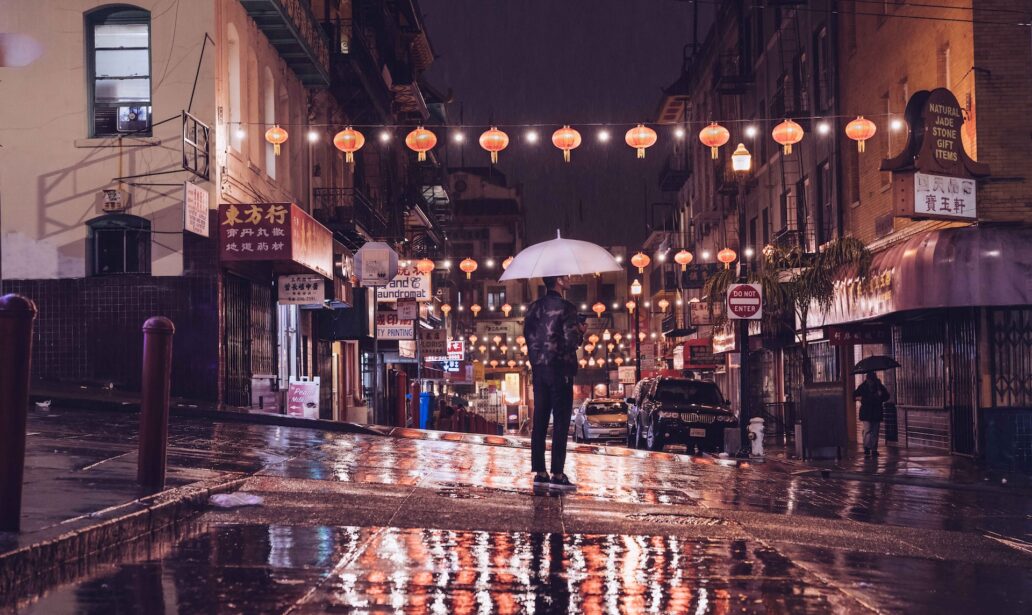Night photography offers a unique opportunity to capture stunning images in the enchanting ambiance of low-light conditions. Whether you’re shooting cityscapes, landscapes, astrophotography, or even creative light painting, mastering night photography can be incredibly rewarding. In this article, we’ll explore eight tips to help you achieve captivating night shots and unlock the magic of nocturnal photography.
1. Use a Sturdy Tripod
Stability is paramount in night photography, as longer exposure times are often necessary to capture sufficient light. Invest in a sturdy tripod to eliminate the camera shake. This ensures that your images remain sharp and free from unwanted blurriness.
2. Choose the Right Camera Settings
Understanding your camera’s manual settings is crucial for night photography. Begin with a low ISO setting (e.g., ISO 100 or 200) to minimize noise. Use a wide aperture (low f-number) to gather more light and create a shallow depth of field. Finally, select a slow shutter speed to allow ample light to reach the sensor.
3. Shoot in RAW
Capture your night photos in RAW format rather than JPEG. RAW files contain more image data and offer greater flexibility in post-processing. This allows you to adjust exposure, color balance, and noise reduction more precisely.
4. Master Long Exposures
Long-exposure photography is a cornerstone of night photography. Experiment with longer shutter speeds (typically several seconds to minutes) to capture trails of light, starry skies, or the smooth flow of water. A remote shutter release or the camera’s built-in timer helps minimize camera shake when triggering the shutter.
5. Focus Accurately
Achieving precise focus in low-light conditions can be challenging. Use manual focus and the camera’s live view mode to magnify a portion of the frame. Select a prominent point of interest, like a star or distant light source, and adjust the focus until it appears sharp.
6. Consider Light Sources
Pay attention to available light sources in your composition. Streetlights, cityscapes, or the moon can provide natural illumination. Experiment with their positioning to create captivating and dramatic effects in your night shots.
7. Experiment with White Balance
The color temperature of artificial and natural light at night can vary significantly. Experiment with your camera’s white balance settings to achieve the desired color tone. For example, you can choose a warmer setting for a cozy, inviting feel or a cooler one for a more ethereal, futuristic look.
8. Bracket Your Shots
Bracketing involves taking multiple shots of the same scene at different exposures. This technique ensures you capture all the details in a high-contrast scene, such as city lights against a dark sky or the moon and stars. Combine these exposures in post-processing to create stunning, balanced images.
Night photography offers a canvas of endless possibilities, allowing you to create breathtaking images that showcase the beauty and mystery of the night. With practice and patience, you’ll capture the enchanting moments that make the night come alive through your lens. So, venture into the world of night photography and embrace the beauty that unfolds when the sun goes down.
